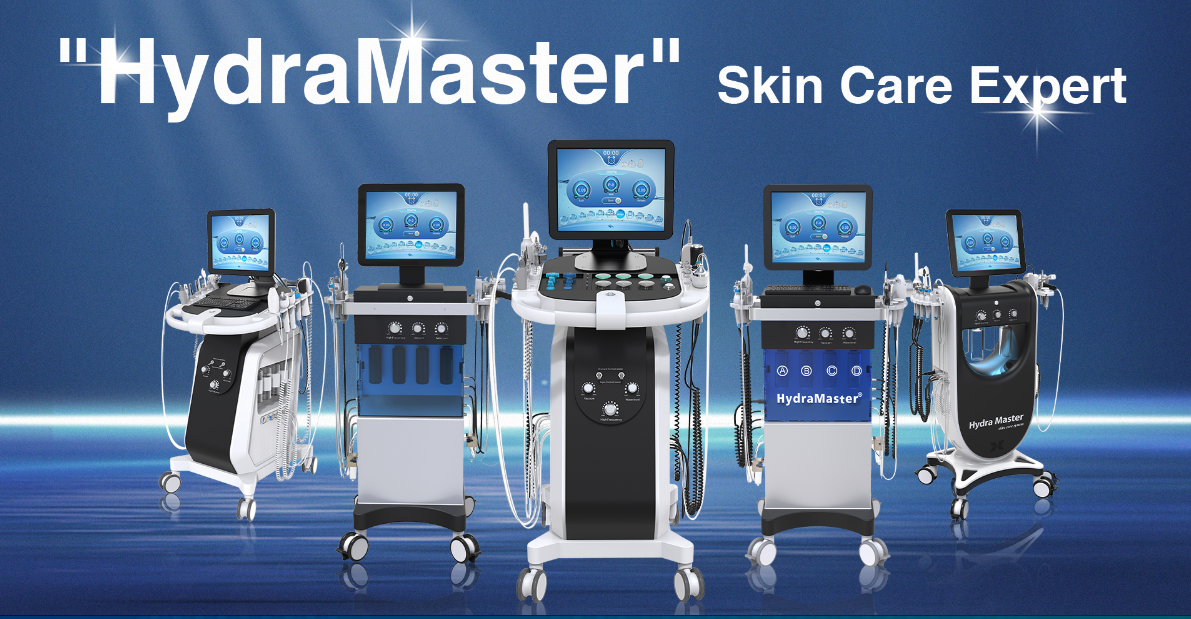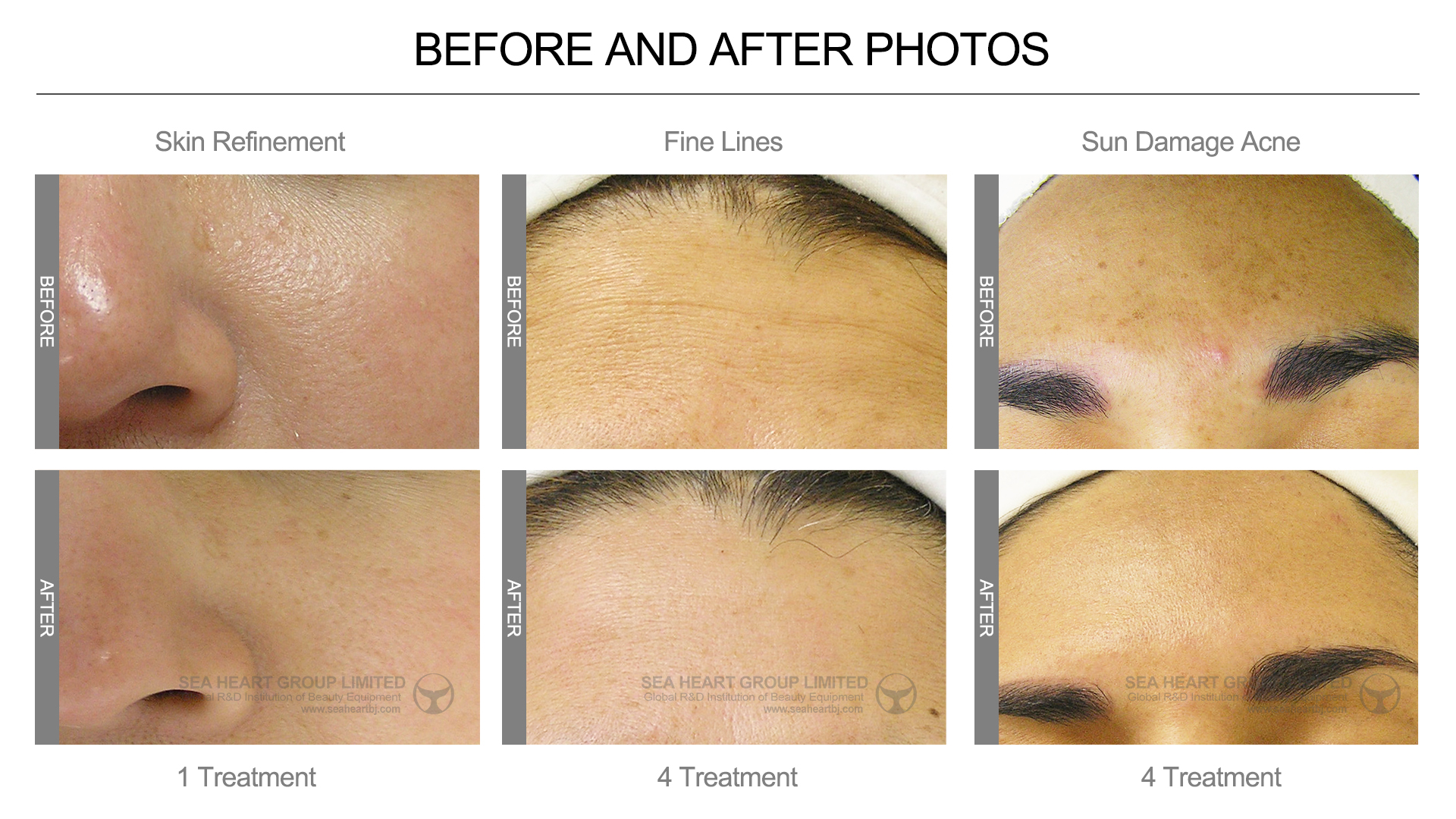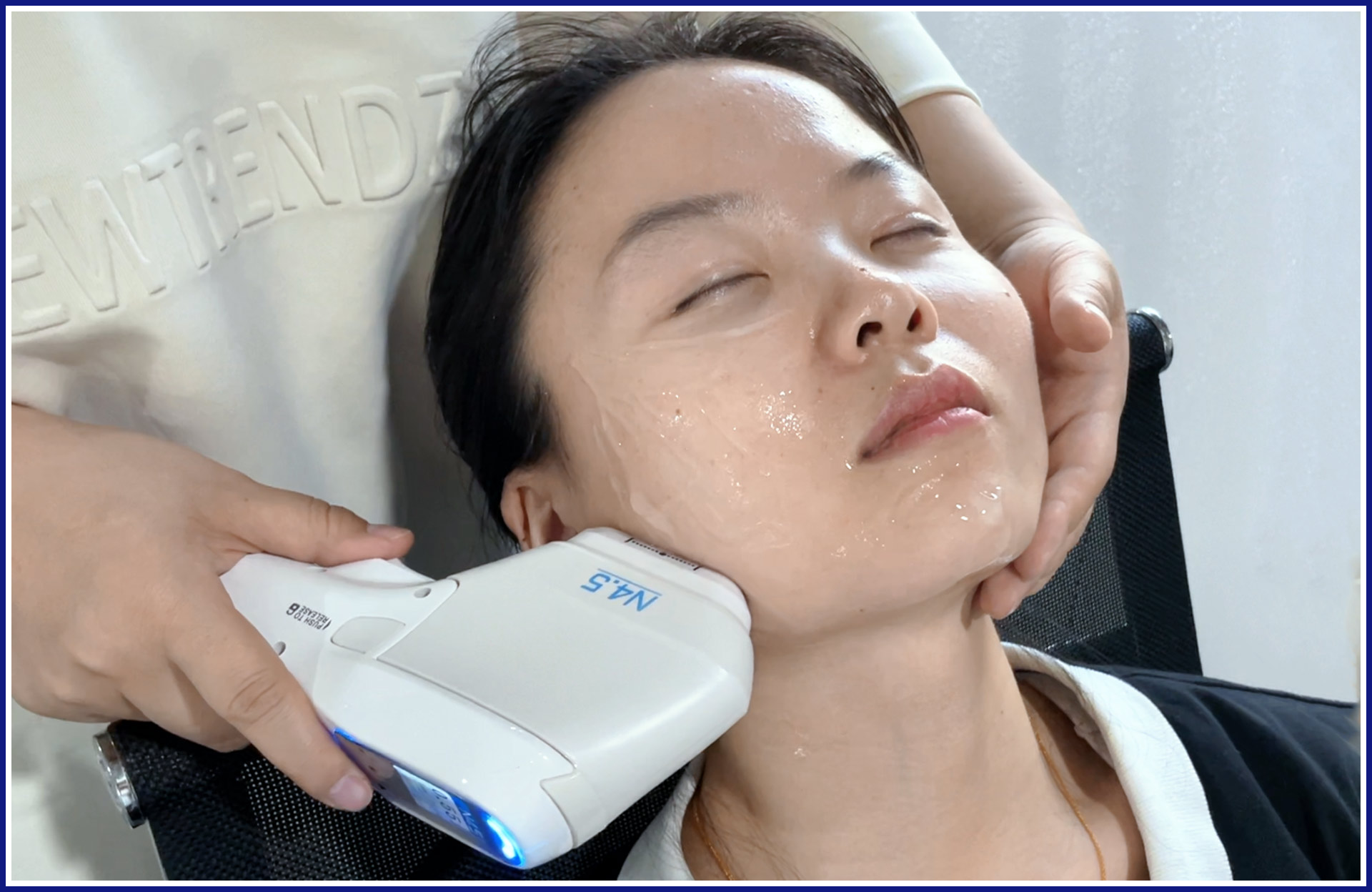The most cost-effective way is to perform the treatments on your own, so you can reap all the benefits without breaking the bank. Purchasing an at-home microdermabrasion kit or machine is a practical yet very rewarding decision, often costing less than a single treatment at your dermatologist.

How Microdermabrasion Works
Microdermabrasion works by using a special device that exfoliates your skin using microcrystals or a mineral tip. This abrasive impact removes the dry, dead skin cells and impurities. The body interprets the process as an injury and stimulates the growth of younger, brighter-looking skin.
Through this procedure, higher levels of elastin and collagen are released, which results in smoothening out of the skin’s overall texture, color, and appearance.
Crystal vs. Diamond Microdermabrasion
A crystal microdermabrasion machine consists of a pump, vacuum, connecting tube, and handpiece. The pump releases a continuous flow of inert crystals to scrub the skin while the vacuum is used to pump the dead skin cells and the crystals out. These inert crystals include sodium bicarbonate, sodium chloride, magnesium oxide, and aluminum oxide.
A diamond microdermabrasion machine, on the other hand, does not use microcrystals in the procedure. Instead, a hand-held device with a roughened tip surface is used during the entire procedure. Therefore, it is a safer way to deal with skin areas around the eyes and lips. This method is more common in at-home microdermabrasion devices.
Candidates for Microdermabrasion
The ideal candidates for microdermabrasion are healthy individuals with minor skin imperfections and realistic goals about what the procedure is about. Patients with uneven pigmentation, clogged pores, acne, blackheads, fine facial lines, minor scars, and age spots can benefit from microdermabrasion treatments.
However, it is not recommended for those with conditions including active keloids or warts in the treatment area. Microdermabrasion procedures for pregnant women should be postponed until after the baby is born.
Your skin, through the years, is exposed to harsh environmental elements and other damaging agents that can make it dry, dull, and worn out. From the sun’s UV rays, and pollution, to unhealthy sleeping and work habits, even the food you eat and the products you lather onto your face and body, and in addition, collagen production slows down as you age. All these factors take a toll on your skin.

Intervals Between Treatments
It is important to leave enough time in between microdermabrasion procedures so that your skin has enough time to recover. Many dermatologists recommend leaving two weeks in between treatments, but you should follow the advice on the product you are using. Do not use it more often than recommended as this can damage your skin. The frequency of each treatment will also depend on your skin type, skin issues, and expectations.
Step-by-Step Procedure
When you purchase your microdermabrasion kit or machine, a manual of instructions would be included in it. Make sure to follow it accordingly to achieve desired results and to prevent harming your skin in any way possible as each device may be slightly different.
Here is an example of a treatment session:
1. Cleanse your skin using an oil-free, fragrance-free gentle cleanser. Avoid harsh cleansers that could cause the skin to dry out more than usual and be sensitive to the microdermabrasion process.
2. Pat your skin dry with a cotton towel. It is important to have your face completely dry to allow the microdermabrasion machine to work most effectively.
3. Turn on the microdermabrasion machine and with your free hand, gently pull one skin area tight. Rotate the hand-held device onto your skin in an upward circular motion, making sure to do 1 or 2 passes only.
4. Repeat the entire process to your entire face, neck, or another treatment area.
5. After the procedure, apply the necessary skin care oils, lotions, or creams. Don’t forget to use a toner first to restore your skin’s pH levels.
6. Moisturise completely to hydrate your skin and lessen the reddening of its sensitive areas.



 Mastering HIFU: Step-by-Step Operating Guide and Real-Life Demonstrations
Mastering HIFU: Step-by-Step Operating Guide and Real-Life Demonstrations
 Understanding the Differences Between Picospeak 300 and 500 in One Article
Understanding the Differences Between Picospeak 300 and 500 in One Article
 Russian Agents Experience Warm Welcome and Cutting-Edge Beauty Instrument Exports at SEA HEART GROUP
Russian Agents Experience Warm Welcome and Cutting-Edge Beauty Instrument Exports at SEA HEART GROUP